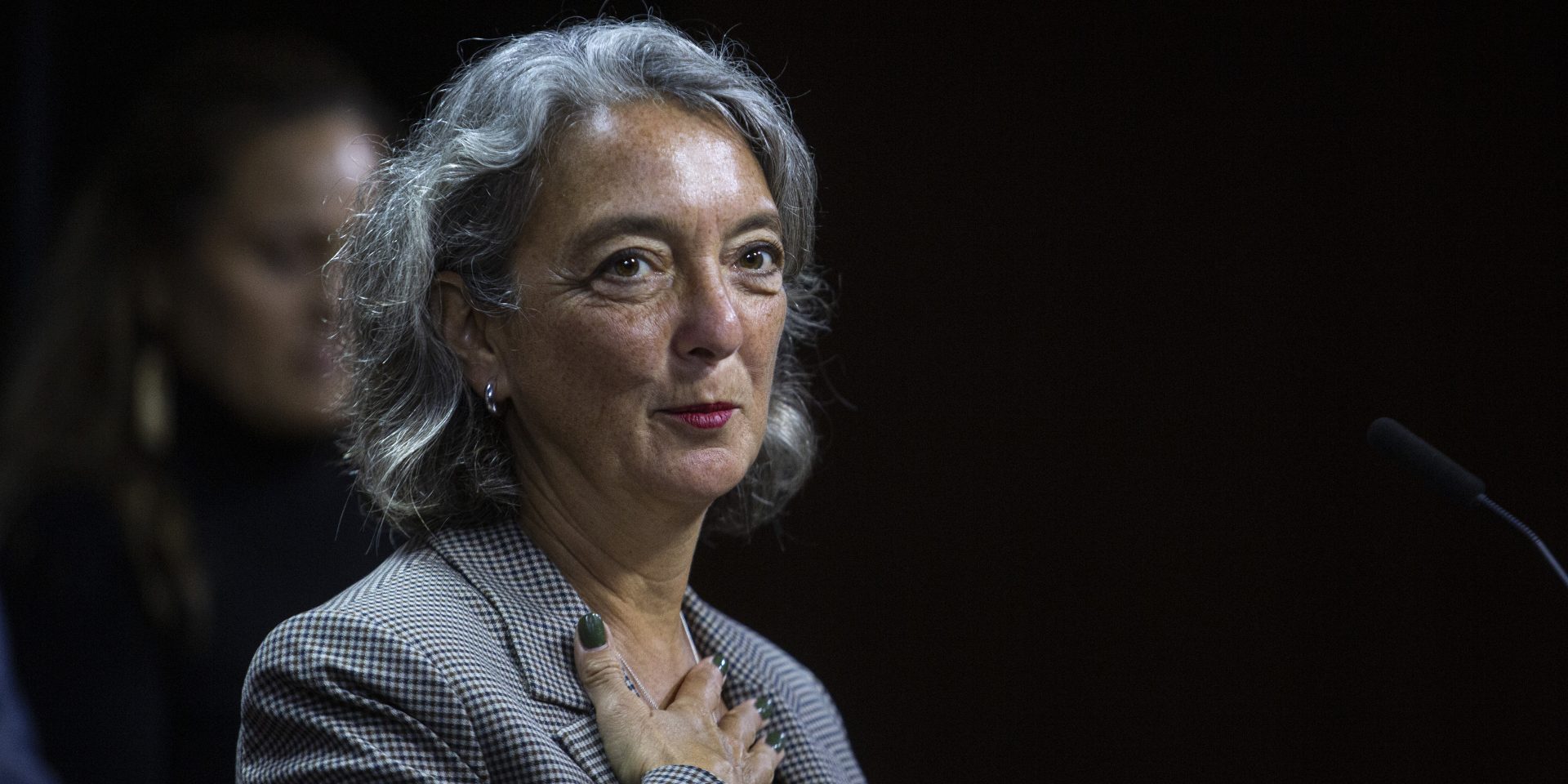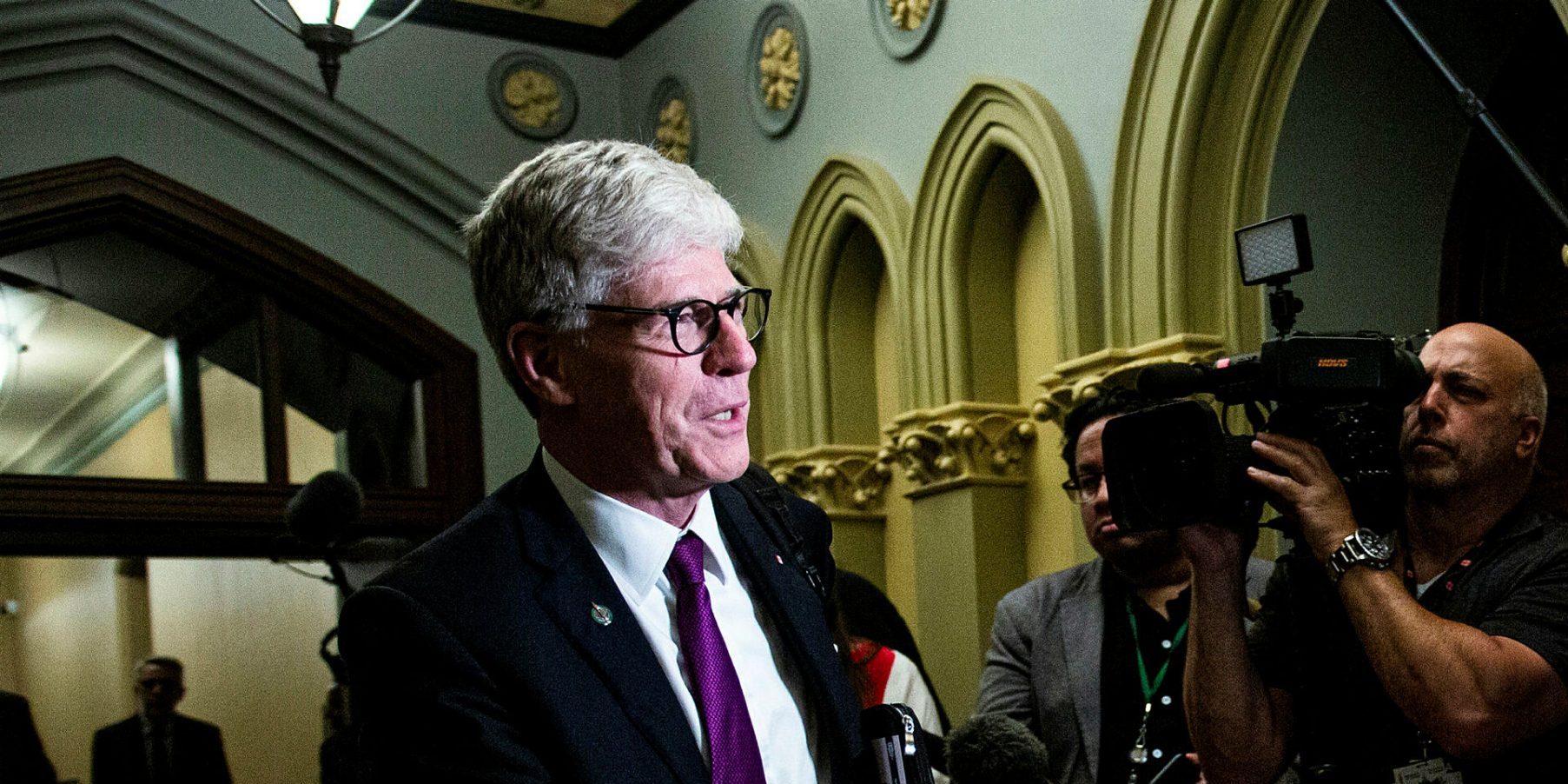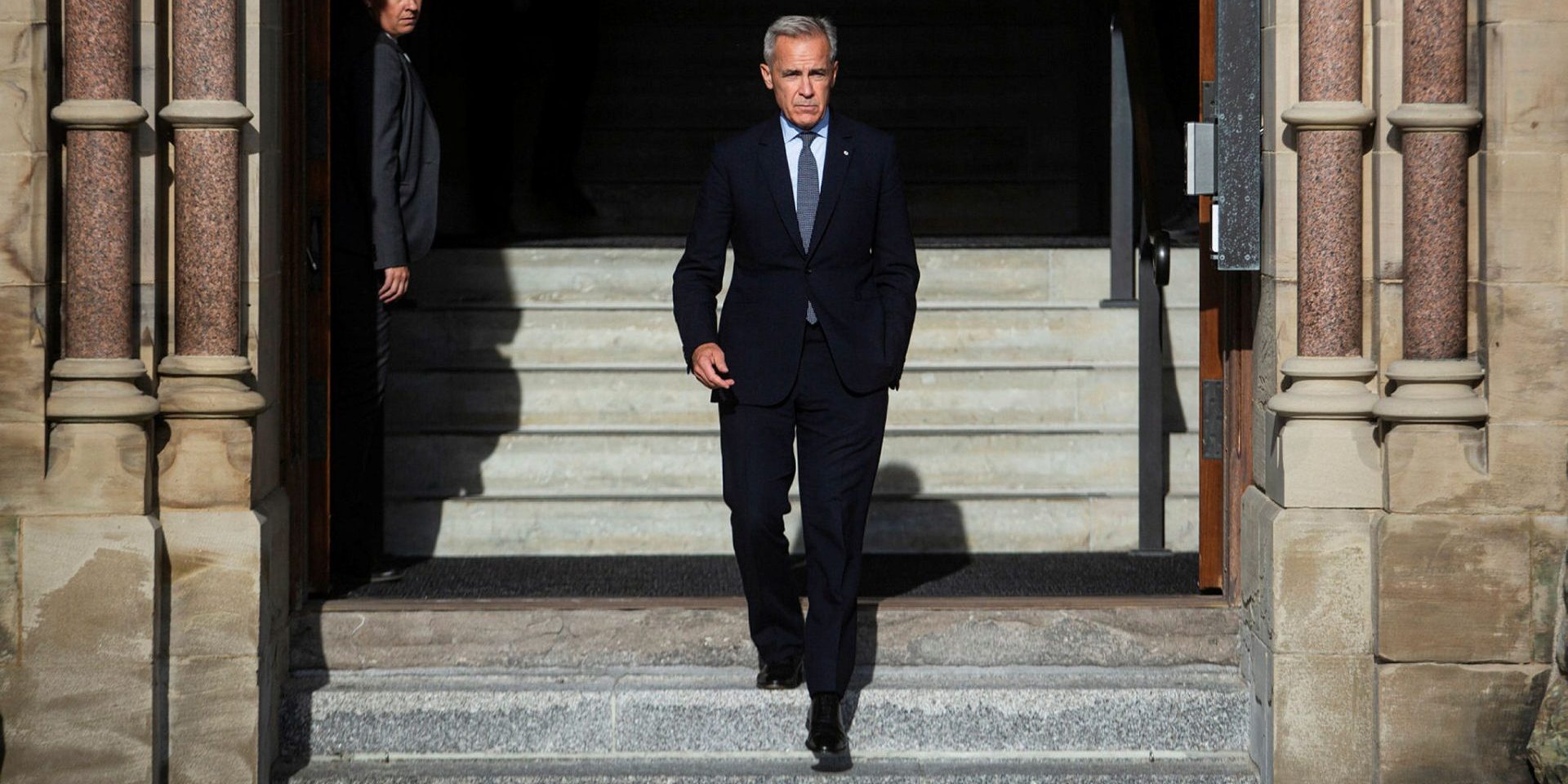What can we expect from Canada’s new environment minister?

TORONTO—Danforth Liberal MP Julie Dabrusin has been appointed Canada’s new environment and climate change minister. What are some of the challenges she will face in her new role and what can we expect as she faces them?
Although these issues had a low profile in an election campaign that was all about U.S. threats to Canada, the fact is that climate change, biodiversity loss, and the toxics and plastics crisis have not gone away. On top of that, the Trump administration has added Canadian water security to the list of challenges that our new minister must face.
On climate change, Prime Minister Mark Carney has rightly signalled that he wants to make up for the loss of the consumer carbon tax and the emissions it cut by beefing up the effectiveness of industrial polluter-pay rules. If done right, these fees will deliver greater incentives for industry to reduce pollution while also generating revenue for the much-needed consumer-facing energy retrofit affordability programs, EV adoption and public transportation commitments as outlined in the Liberal Party platform.
Improving industrial polluter-pay rules makes sense and would work well with promised project finance reforms and the requirement of accurate assessment of climate risk in business decisions. More robust industrial carbon pricing also would help set the trade table to reward Canadian industries that are reducing their emissions by applying border tariffs on products coming from countries that are not.
There was a welcome commitment in the platform to proactively address the protection of sensitive species and ecosystems before major new projects go ahead. This will be key in the case of both pristine northern ecosystems where the government would like to move major critical mineral projects forward, and in more southern areas where reckless projects like Ontario’s proposed Highway 413 and 401 tunnel are being advanced in parallel with the gutting of species protection laws.
Toxic chemicals will be a priority in the form of quickly finalizing the listing of per- and polyfluoroalkyl substances (PFAS) as toxic and setting the regulatory timeline to get them out of consumer products.
Perhaps the only environmental issue that broke through during the election was plastics, with the Conservatives promising to bring back banned disposable packaging and plastic cutlery. Now, the new elected government can take action on more of these harmful products by focusing on increasing packaging re-usability, expediting the assessment of their impacts on health and through regulatory action on harmful plastic additives.
The items above are of course a subset of the key issues the new minister will face as she steps up from her former role as Environment and Climate Change Parliamentary Secretary. She has a great track record and experience from that position, including the leadership role she played during the UN global plastics treaty negotiations that will still need to be concluded this year.
As a new Minister of the Environment and Climate Change, Dabrusin will face attacks from premiers and industries that oppose environmental protection. We will have to step up and make clear to the prime minister and his government that we want action on these issues and that our environment minister must be enabled and supported. If they do, we can build an economy and society that delivers prosperity, sustainability and security for all Canadians.
Tim Gray is executive director of Environmental Defence.
The Hill Times





 LICENSING
LICENSING PODCAST
PODCAST ALERTS
ALERTS


